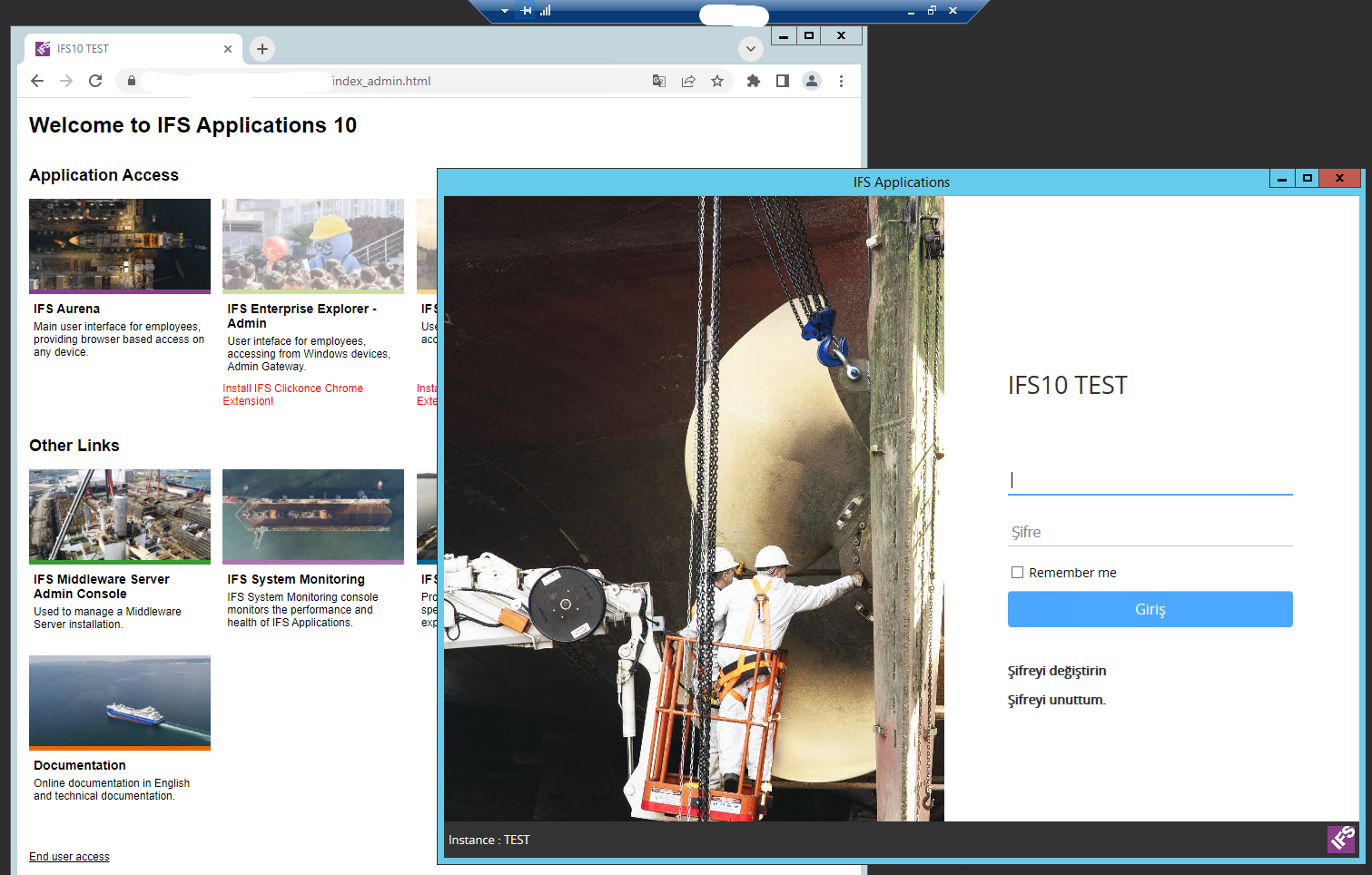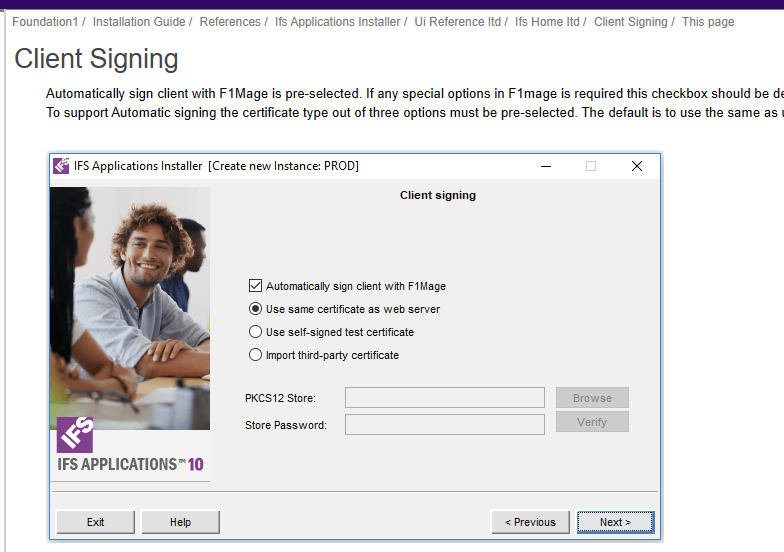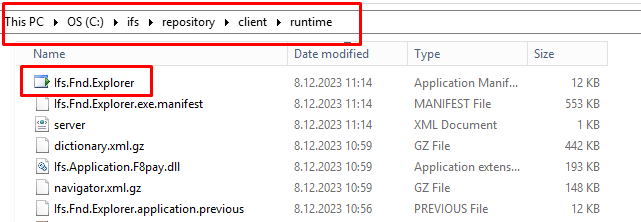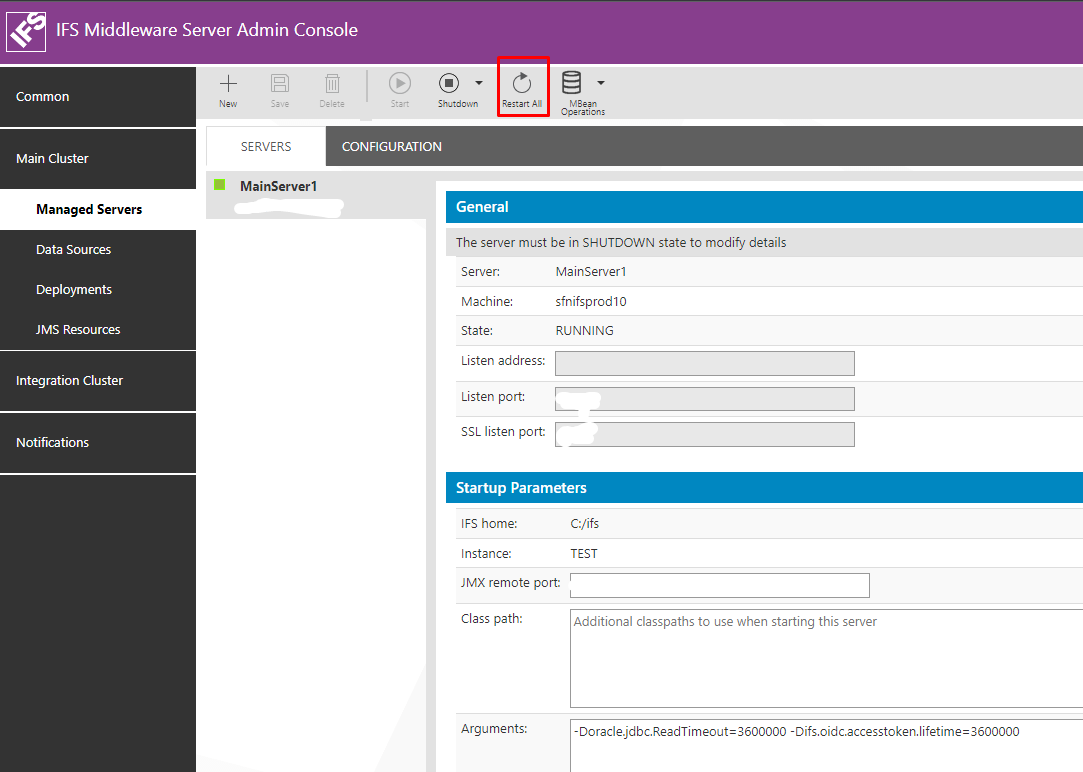Hi,
I was trying to create a new theme 1 week ago on the test environment. I made some changes in the themes.zip file. There was no problem until yesterday. Our partner pushed a delivery to our test environment. After that, this problem occurred. I can’t reach the application. There was a backup of themes.zip. I used the original files. It still throws the same error. I signed the application with F1MAGE. I couldn’t solve the problem. The error text is below. How can I solve the problem?
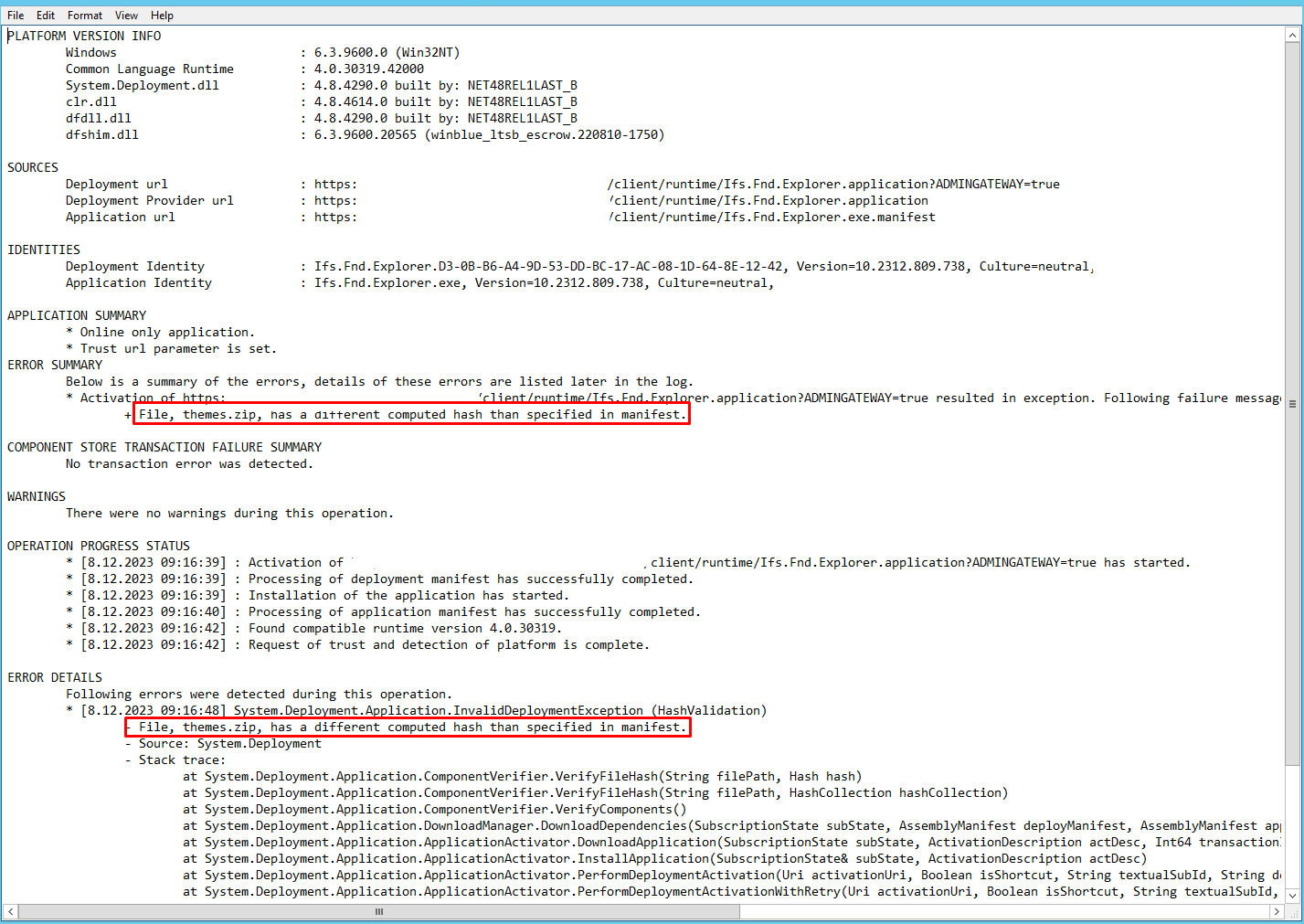
ERROR DETAILS
Following errors were detected during this operation.
* [8.12.2023 09:16:48] System.Deployment.Application.InvalidDeploymentException (HashValidation)
- File, themes.zip, has a different computed hash than specified in manifest.
- Source: System.Deployment
- Stack trace:
at System.Deployment.Application.ComponentVerifier.VerifyFileHash(String filePath, Hash hash)
at System.Deployment.Application.ComponentVerifier.VerifyFileHash(String filePath, HashCollection hashCollection)
at System.Deployment.Application.ComponentVerifier.VerifyComponents()
at System.Deployment.Application.DownloadManager.DownloadDependencies(SubscriptionState subState, AssemblyManifest deployManifest, AssemblyManifest appManifest, Uri sourceUriBase, String targetDirectory, String group, IDownloadNotification notification, DownloadOptions options)
at System.Deployment.Application.ApplicationActivator.DownloadApplication(SubscriptionState subState, ActivationDescription actDesc, Int64 transactionId, TempDirectory& downloadTemp)
at System.Deployment.Application.ApplicationActivator.InstallApplication(SubscriptionState& subState, ActivationDescription actDesc)
at System.Deployment.Application.ApplicationActivator.PerformDeploymentActivation(Uri activationUri, Boolean isShortcut, String textualSubId, String deploymentProviderUrlFromExtension, BrowserSettings browserSettings, String& errorPageUrl, Uri& deploymentUri)
at System.Deployment.Application.ApplicationActivator.PerformDeploymentActivationWithRetry(Uri activationUri, Boolean isShortcut, String textualSubId, String deploymentProviderUrlFromExtension, BrowserSettings browserSettings, String& errorPageUrl)
--- End of stack trace from previous location where exception was thrown ---
at System.Runtime.ExceptionServices.ExceptionDispatchInfo.Throw()
at System.Deployment.Application.ApplicationActivator.PerformDeploymentActivationWithRetry(Uri activationUri, Boolean isShortcut, String textualSubId, String deploymentProviderUrlFromExtension, BrowserSettings browserSettings, String& errorPageUrl)
at System.Deployment.Application.ApplicationActivator.ActivateDeploymentWorker(Object state)




